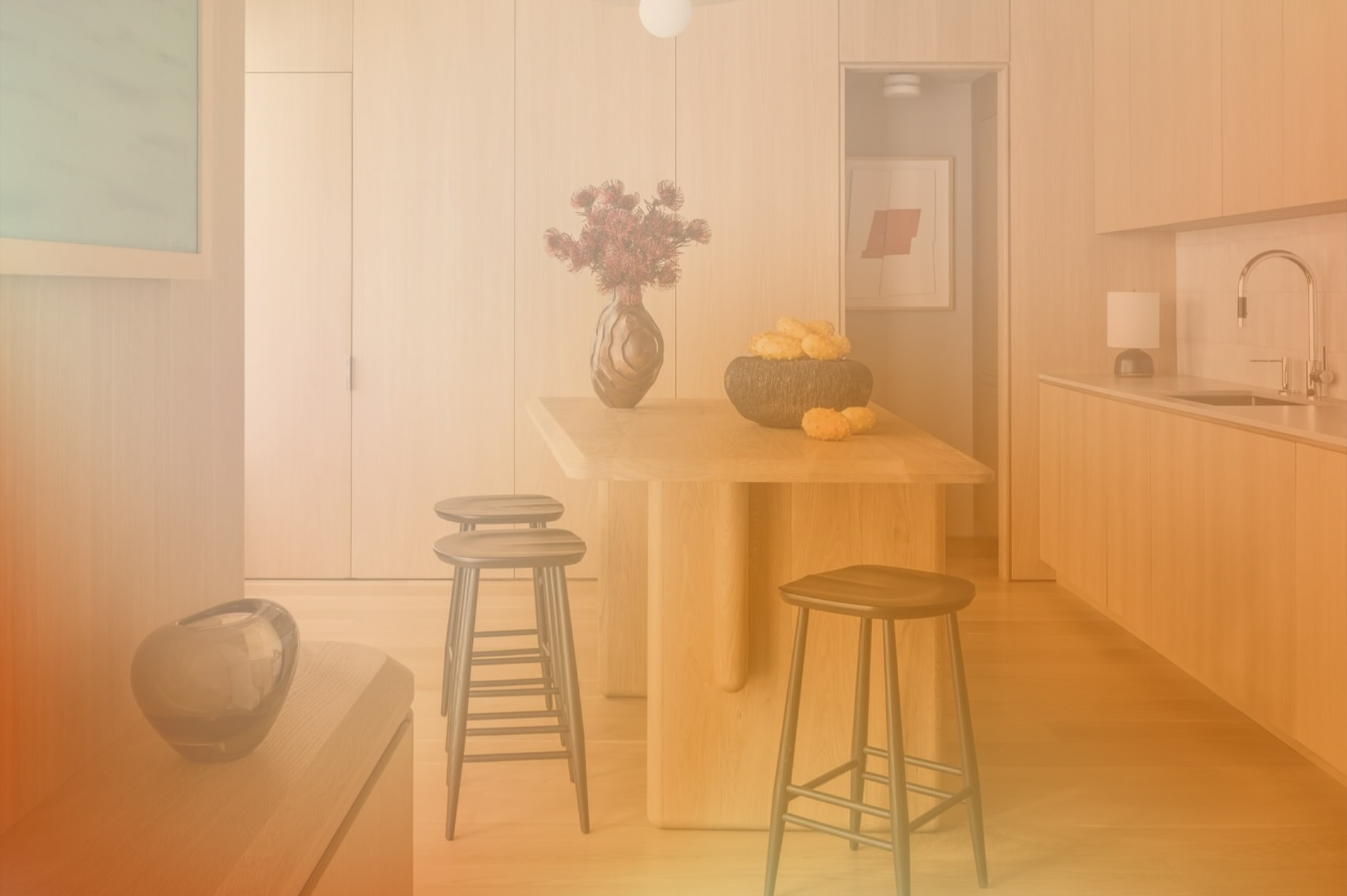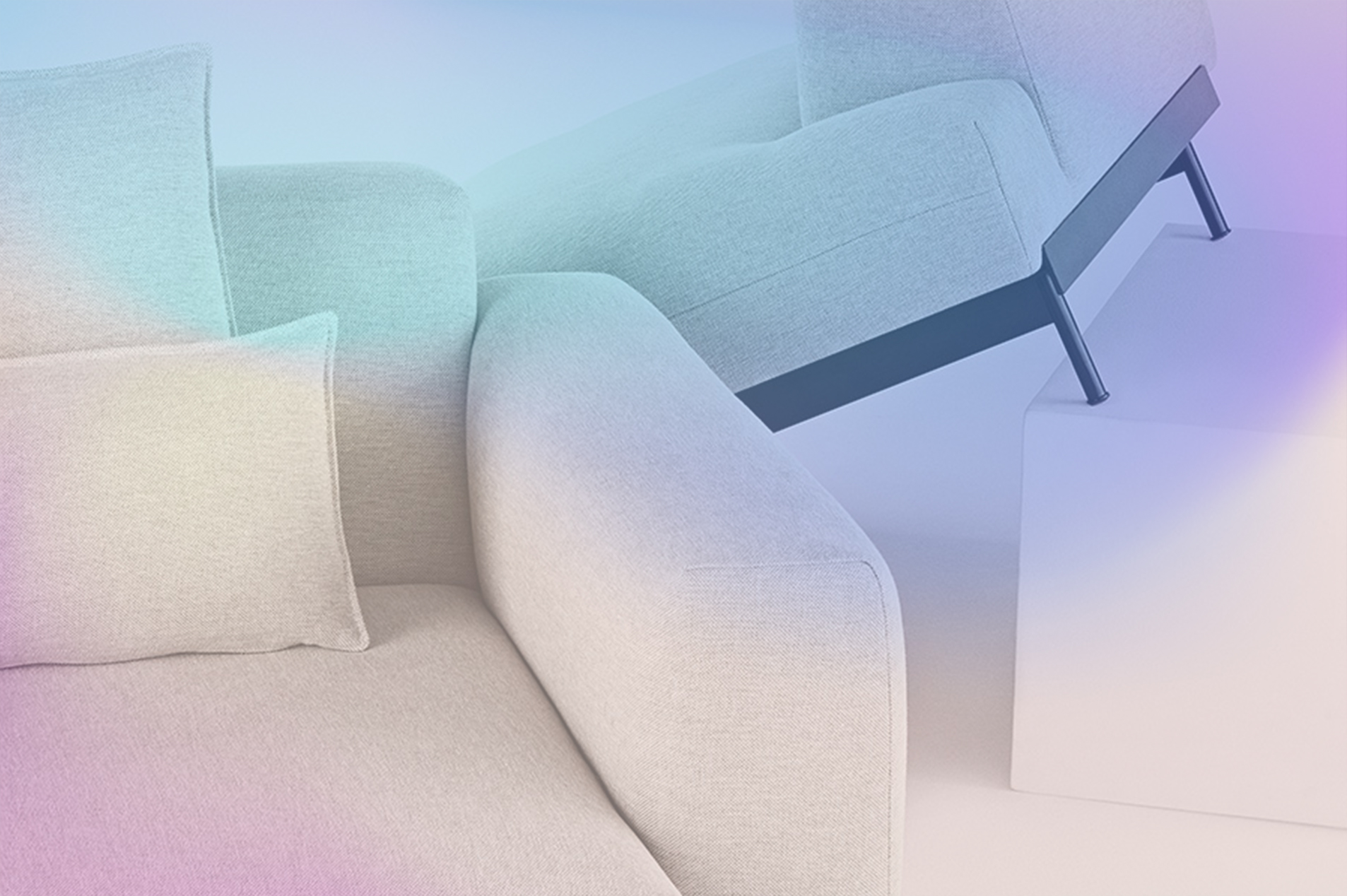

The Direct-to-Trade model is a modern approach where manufacturers bypass the traditional wholesale and retail layers to sell directly to interior designers, architects, and other professional specifiers. This shift is more than just an operational change; it's a fundamental reimagining of the manufacturer-designer relationship, built on efficiency, transparency, and collaboration. For furniture manufacturers, it offers a pathway to increased profitability, greater brand control, and invaluable direct feedback.
Read More

One of the most powerful, yet often underestimated, levers in shaping those impressions is color. Beyond aesthetics, color is a psychological tool that influences mood, trust, and purchase intent. For furniture brands, harnessing color psychology across ad creative, landing pages, and catalogs can be the difference between an idle browse and a completed order.
Read More

The modern consumer, particularly in the high-consideration design sector, doesn't just buy a product; they buy into a vision, a feeling, and a lifestyle. A simple, sterile product photo, isolated from any context, fails to connect with these emotional drivers. It presents an object, but not its purpose or its soul. To stand out and truly resonate, furniture brands must move beyond the product shot and leverage interior design photography as a powerful tool for crafting a compelling brand narrative.
Read More

How do you encourage customers to move from interest to action without applying the kind of pressure that can backfire in a luxury or lifestyle purchase? The answer lies in crafting urgency carefully, blending psychological triggers with respect for the customer’s journey.
Read More

By analyzing enormous streams of information—from search trends and purchase behavior to social media aesthetics and macroeconomic signals—predictive analytics enables furniture manufacturers, retailers, and designers to gain foresight into which styles, materials, and functions will capture consumer demand in upcoming seasons.
Read More

From interactive style quizzes to loyalty programs that reward repeat purchases, gamification offers a unique opportunity for furniture marketers to transform routine shopping interactions into fun, personalized experiences.
Read More

Today’s furniture buyers—accustomed to Amazon-level convenience and transparency—expect smooth, customer-friendly return policies, even for big-ticket items. In this context, how you handle returns is no longer just an operational concern; it’s a marketing differentiator, a driver of trust, and in many cases, a conversion trigger.
Read More

In today’s hyperconnected design industry, influence doesn’t flow in a straight line. Architects and designers don’t simply discover a product, make a note, and place an order. Instead, they move through a dynamic cycle of inspiration and information, sourcing ideas from one set of channels and hard data from another.
Read More

Unlike other channels built on short-lived trends or interruptive ads, Pinterest’s ecosystem is driven by user intent. Users are actively searching, saving, and planning for future purchases—a behavior that translates into a highly receptive audience. This unique dynamic allows furniture brands to acquire high-quality, top-of-funnel traffic at a fraction of the cost of other platforms, making it a critical gateway to their visual sales funnel.
Read More